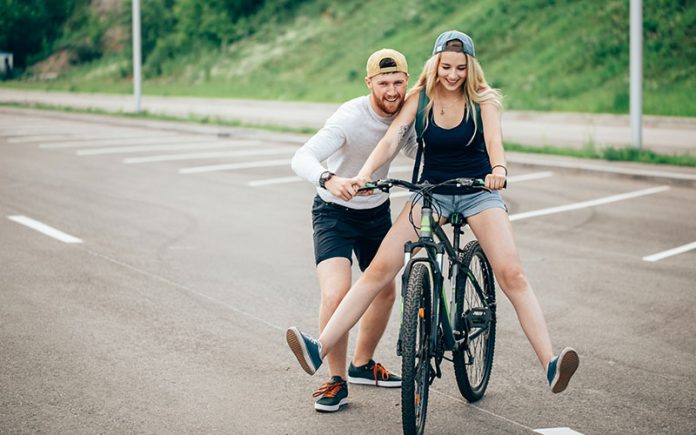I still remember the first day my Dad bought me a beginner road bike. I was so reluctant and scared, but equally excited. I got my toddler feet working immediately on my bike, with my Dad holding the back of the bike for proper balance. The moment he let go, I fell to the ground. It was frustrating, but after falling a number of times, I did eventually learn. When I was finally able to manipulate the bike through the air resistance, that is when I felt an unforgettable thrill! Since then, I do not know how many roads I came across and how many places I rode a bike to. However, many people at some point in their lives want to feel this experience. You probably thought of learning how to ride a bike and get the best one at some point too.
Things You Should Know Before Hitting The Road
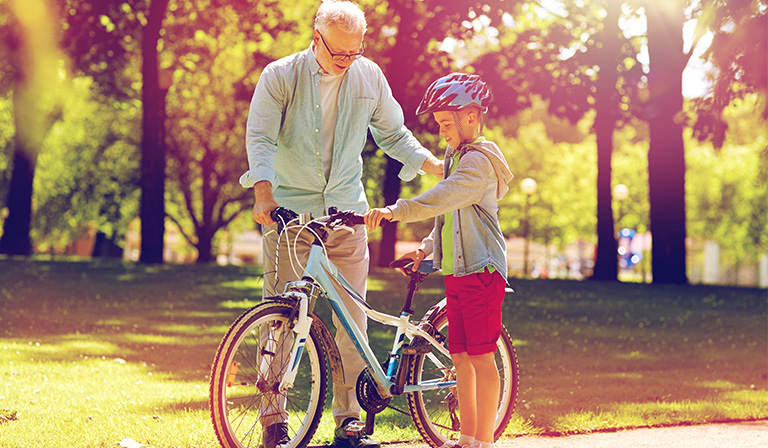
You do not have to be a toddler to learn how to ride a bike. Even if you are in your thirties or forties, you can still learn how to ride and control your bike movement. You will definitely need someone’s help to guide you through the control of pedals and keeping in balance. After a few falls and a few bumps eventually, you will get the hang of it. It does get easier, but here are a few tips that you might need to know before cycling:
- Remember that you will not grow ninja-like reflexes immediately. It will take time, perseverance and battle scars.
- Try new roads, explore new places and terrains and see how better you get at cycling. This will keep you motivated to continue cycling practice. Learn how to shift gears.
- Once you learned about shifting gears you should try your first steep climb. Go steady at first and then pick up the pace. If you use too much of your energy in the beginning, you will get tired soon.
- Set goals for yourself. For example, ten kilometers in your first outing, then twenty kilometers the next day and so on.
- Take part in road trips and group outings. It is always fun!
- Ensure you know the right saddle height, or else your back and knees would hurt. Also, ensure your reach to the handles is suitable for you.
- While descending down a hill do not be too rigid or stiff. Loosen up so that the ride downwards is smoother.
- Do not listen to music with headphones while riding a bike for safety issues.
You do not need all the latest biking gears to learn how to ride a bike. Do eat and drink properly and always wear a helmet. - Maintain your bike regularly so that it lasts long. Ride responsibly and safely.
- You can have your bike professionally assembled at bike shops according to your size and fit.
Beginner Road Bike: Which Bike is Your Type?
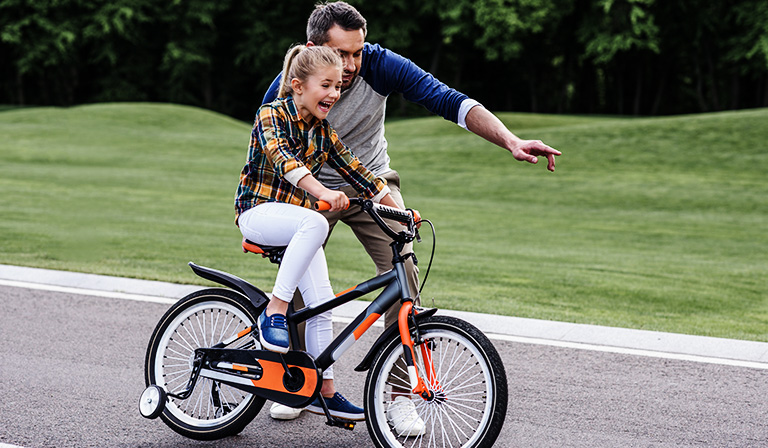
So now you want to buy a bike! However, you realize that you do not know what kind of beginner road bike you should consider. It actually depends on what you want. Do you want to commute or do you want to just ride around your town? Do you want to take risks or do you want to explore plain roads? Anyhow, you should know what type of road bike suits you and your profession best.
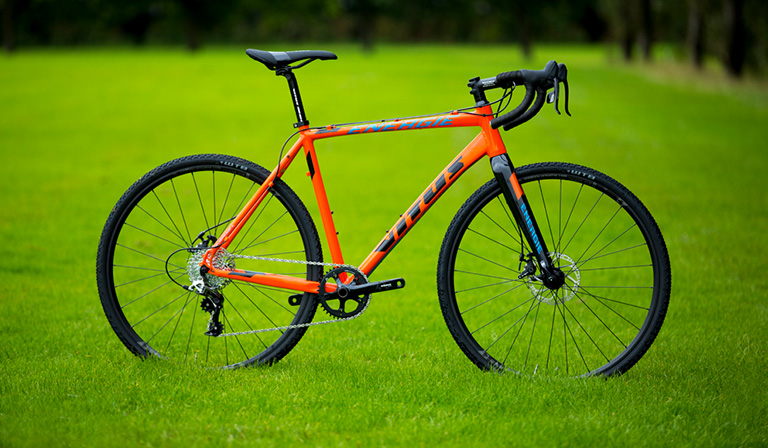
-
- The cyclocross: You can expect the highs and lows of all roads, so you can choose an all-rounder versatile road bike which literally can do it all. These are called cyclocross bikes. They are road bikes but with wide knobby tires for riding on uneven terrain. Many beginners feel that they cannot take biking seriously. So even after pouring all that money in a road bike, they might actually never use it. If you are one of those people, then cyclocross is definitely your style. You can change the knobby tires to thinner ones. This bike is perfect for fitness, commuting and also going up and down hills. This bike is perfect for use in winters.
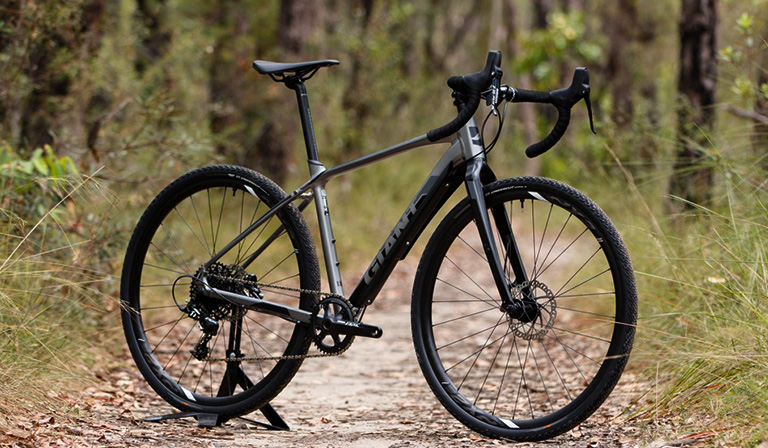
-
- Fitness bikes: If you are intending to use bike riding as a way of increased fitness, you should pick a beginner road bike with stronger wheels and proper thru-axle designs. These designs will allow you to ride around a turn with more grip and control and also make changing tires easier. These designs are sturdy enough to hold an overweight rider for a long period of time.
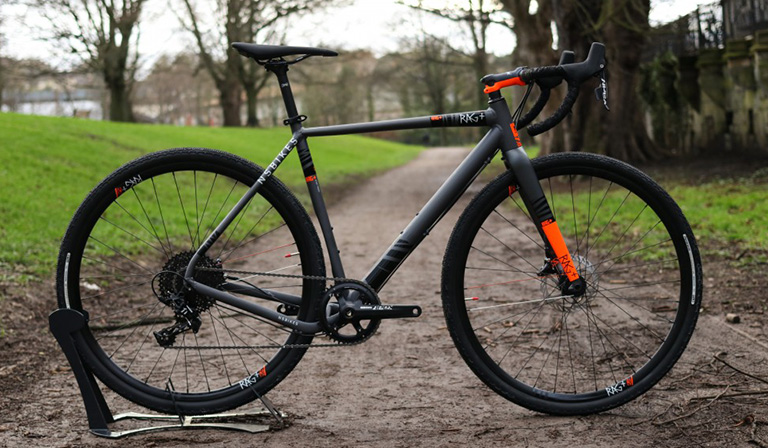
-
- Commuter bikes: If you have thought of commuting to the office or outside the city, you need to consider a few things about your bike. It is recommended to get a bike that allows a more upright position. Since you will travel a very long distance you might as well do it with comfort, so you will need to get this aerodynamic position. Also, pick those bikes with integrated shifters which will allow you to brake and shift gears at the same time. Carbon bikes with reinforced rims are better for commuting as these bikes can better absorb road vibrations.
Accessory Checklist for First-Timers
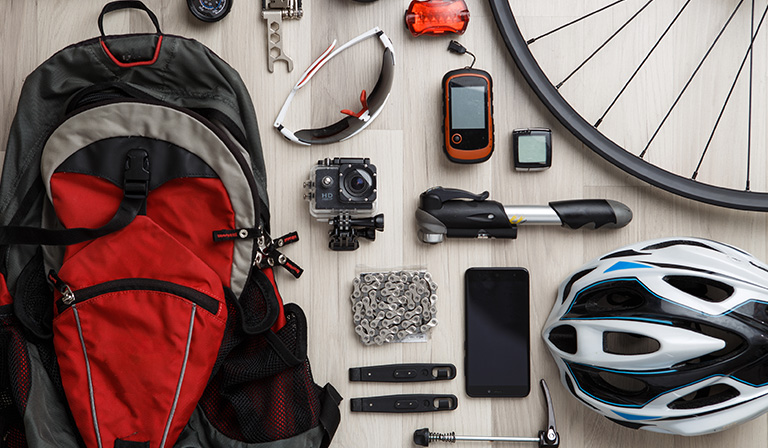
Depending on certain situations you will most likely need accessories for your bike. These accessories will not only help your bike last longer, but also will safeguard it in the long run. Some accessories are meant only for your protection so it is best to know about these essentials in case you ever need them.
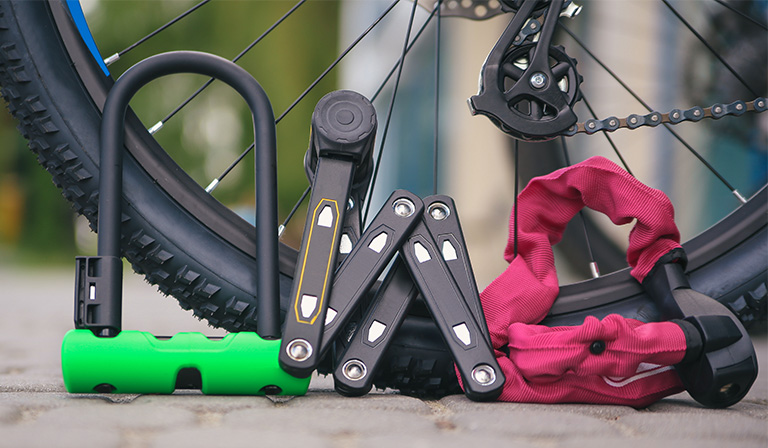
-
- Lock: You will not just leave behind your bike for someone to steal it away! So this is worth your investment. The best ones are the D-shaped shackle locks which have flat keys.
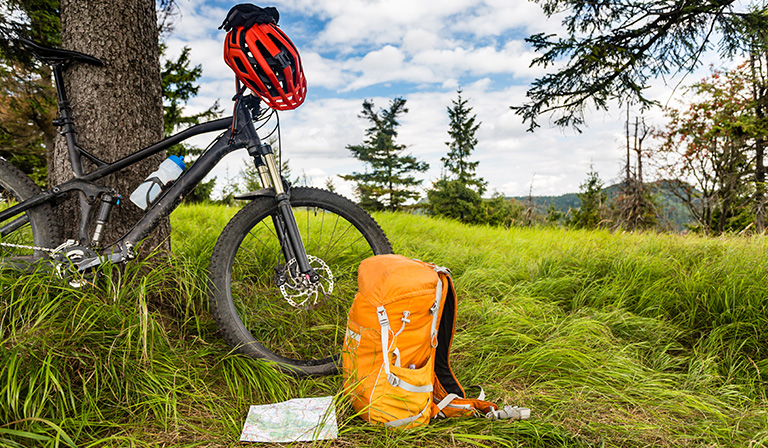
-
- Bags: Rucksacks are perfect for times when you are off-road biking. These contain pouches for water bottles. For simply riding around town a simple courier shoulder bag is enough, in which you can keep your money, keys, and bikes. Saddlebags can carry groceries and office essentials, but in such cases, it is always best to let the bike carry the load.
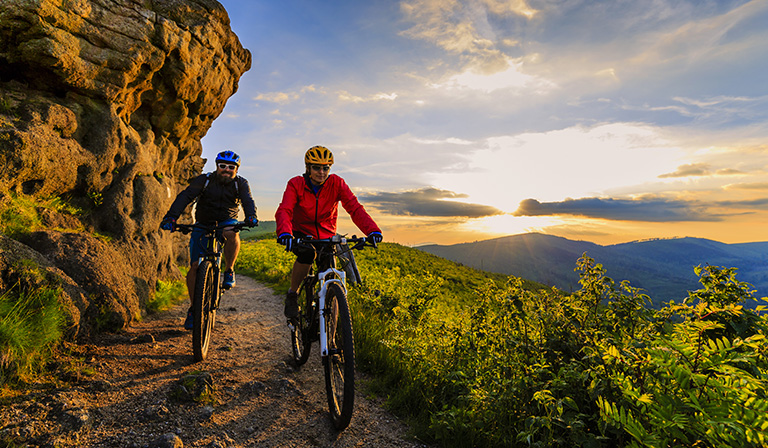
-
- Waterproof jackets: Waterproof jackets are one of the essential biking accessories and you will need them for winters and rainy seasons! Also, make sure these are breathable.
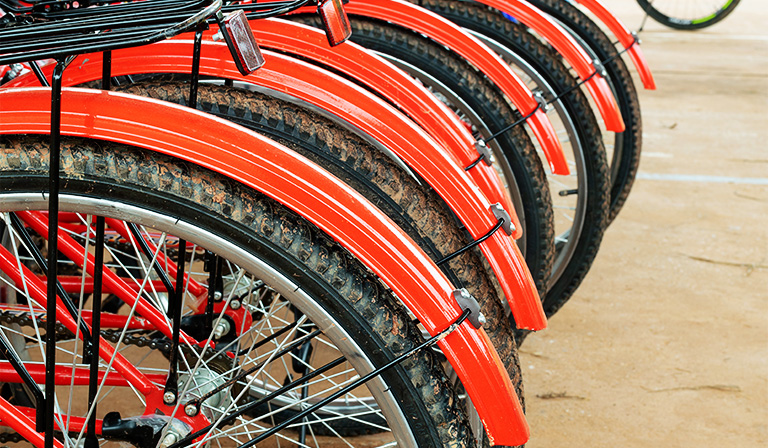
-
- Mudguards: Most beginner bikes come with mudguards but if your bike does not, then you should get one to prevent the wheels from soaking in the mud.
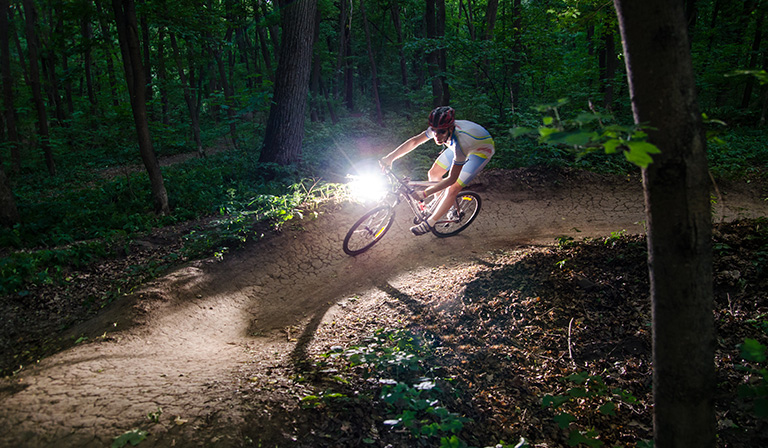
-
- Front and back lights: This is definitely essential when you will be riding your bike at night or in dark regions without street lights, especially for commuters.
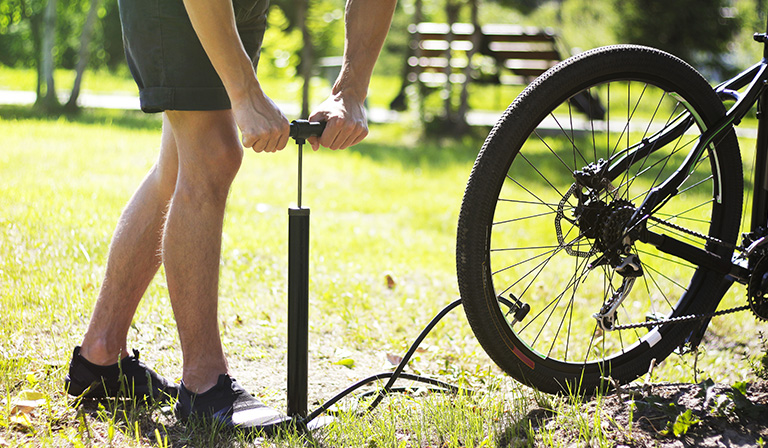
-
- Pump and spare tubes: You can choose between full-size pumps or mini pumps. Either way keeping a pump and spare tubes might just come in handy when you get a flat tire.
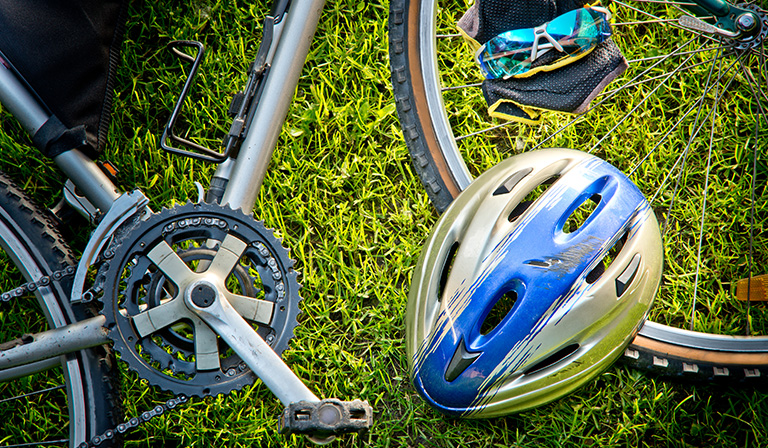
- Helmet: Last but not least – a helmet! To protect your head from severe injuries in case of accidents, it is better to keep a helmet. However, usually for everyday biking helmets are not needed.
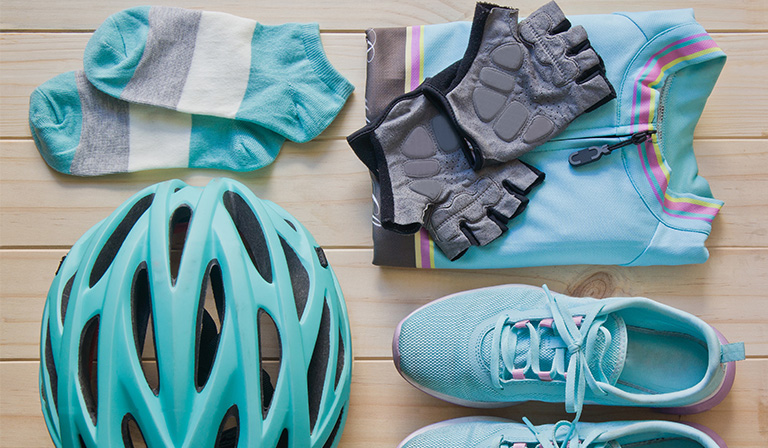
If you want to take your biking experience to the next level without any injury, there are special bike clothing available. You might want to try them on while biking to get a more comfortable experience, such as loose cycling shorts or jerseys. If your body type is more athletic then you can opt for stretchy but breathable tight-fitting clothing. The clothing should be washed after every use. For your feet, you can buy cycling shoes. These shoes have stiff soles so that you can pedal better without having sore feet. Lastly, you can have those stylish glasses professional cyclists wear during racing. It will prevent dust and bugs from annoying your eyes and protect them from sunlight.
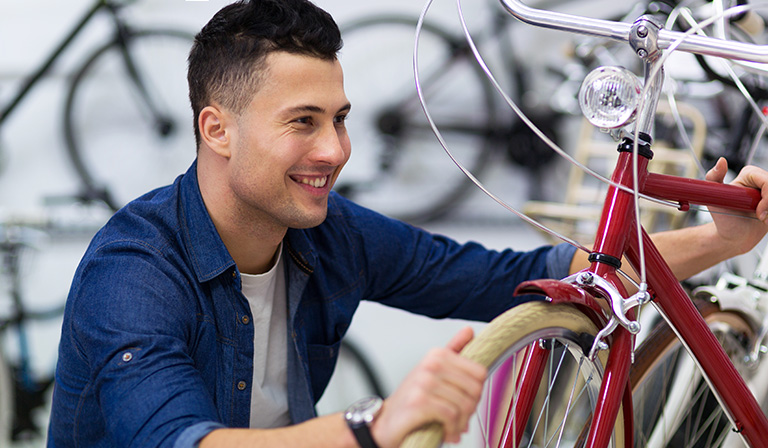
Now that you are confident enough, it is time to get super-psyched about buying a bike! No matter what your age is, just know that it is never too late to try biking. It is never too late to enjoy a little riding and getting a thrilling experience through the roads. In the process not only are you helping yourself to get fit you are also being environmentally friendly. Even before you know it, you will come to ditch public transport or your private car for a lovely bike ride in the morning.


